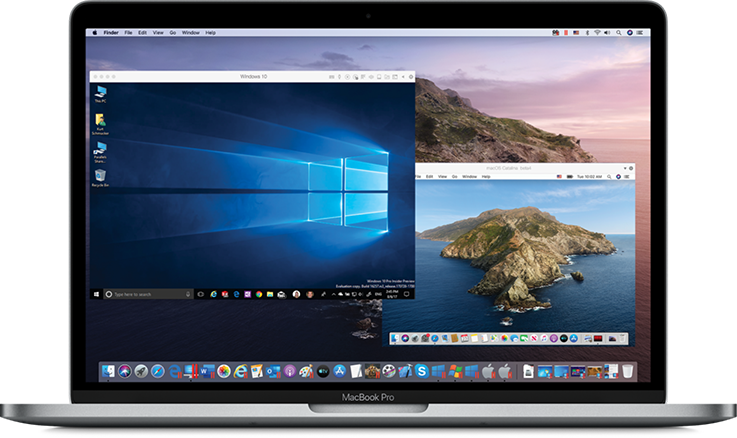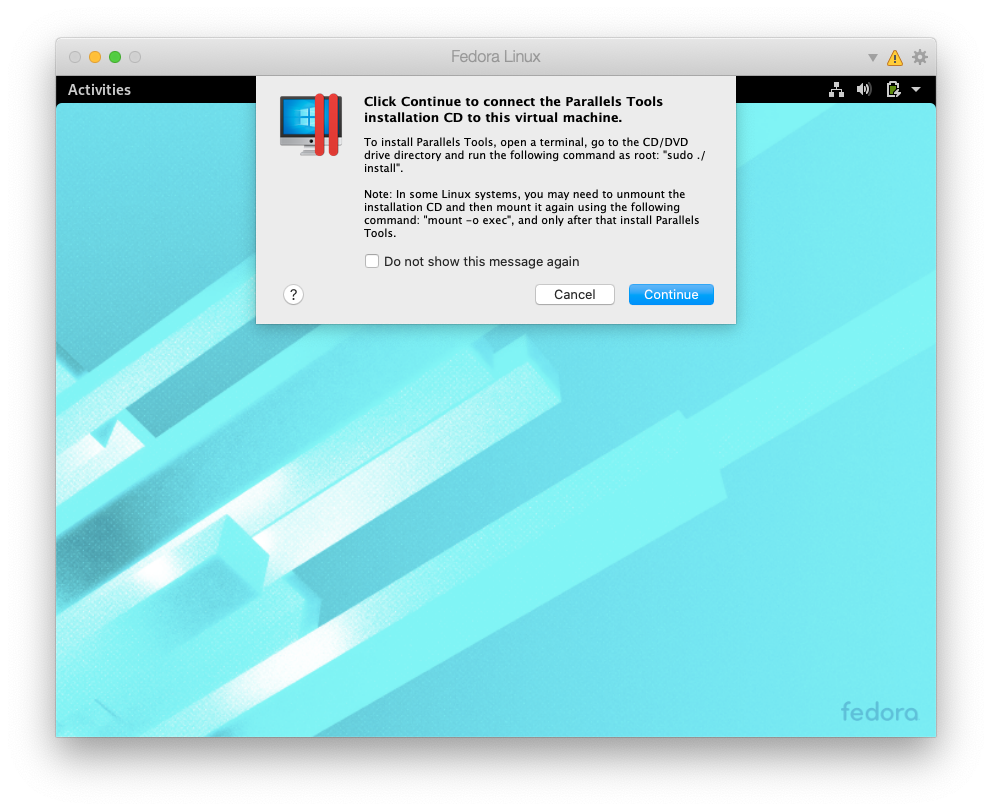KVM vs Parallels Desktop: What are the differences? Developers describe KVM as 'Kernel-based Virtual Machine is a full virtualization solution for Linux'. KVM (for Kernel-based Virtual Machine) is a full virtualization solution for Linux on x86 hardware containing virtualization extensions (Intel VT or AMD-V). The Docker Platform is the. I'm running Parallels Desktop 15 Pro and I've definitely been seeing nested virtualization is sluggish. My machine is a Mac Pro with 16 cores (32 threads) and 96 GB of ram. Startup time for my Win 10 virtual machine is probably 2 or 3.minutes. with nested virtualization turned on. The Parallels Packer builder is able to create Parallels Desktop for Mac virtual machines and export them in the PVM format, starting from an ISO image. The builder builds a virtual machine by creating a new virtual machine from scratch, booting it, installing an OS, provisioning software within the OS, then shutting it down. Parallels Desktop can download Windows 10 for free from Microsoft and install it (you can later purchase a product key from Microsoft). You can move Windows, its applications, and your files from a.
Step 2: Customize and Push to Docker Hub

The last step used a Docker image which Microsoft publishes and maintains. Next step, create your own custom image. You should have a Docker ID, you probably created it to download Docker Desktop.

In your favorite text editor create a file called Dockerfile in the same C:temp directory. No extension, just Dockerfile. Paste in this code and save the file: Leosys driver download for windows 10.

This tells Docker to use the same IIS base image, and create a layer that adds in the HTML you created in the last step. Instead of manually copying a file into the container, you will create an image with your HTML already inside it. To build the image, in your terminal, type:
Docker Desktop On Virtual Machine
Two things, first replace <YourDockerID> with your Docker ID. Also notice the “.” at the end of the line. That tells Docker to build in the context of this directory. So when it looks to COPY the file to /inetpub/wwwroot it will use the file from this directory.
You can run it:


Drivers computercorp laptops & desktops. And go to http://localhost:8081 to see the page - note your original container is still running and you can see it at http://localhost:8080.
Finally push to Docker Hub:
You may be asked to login if you haven’t already. Then you can go to hub.docker.com, login and check your repositories
Parallels Desktop 15 Docker
Finally, stop and remove the running containers:
